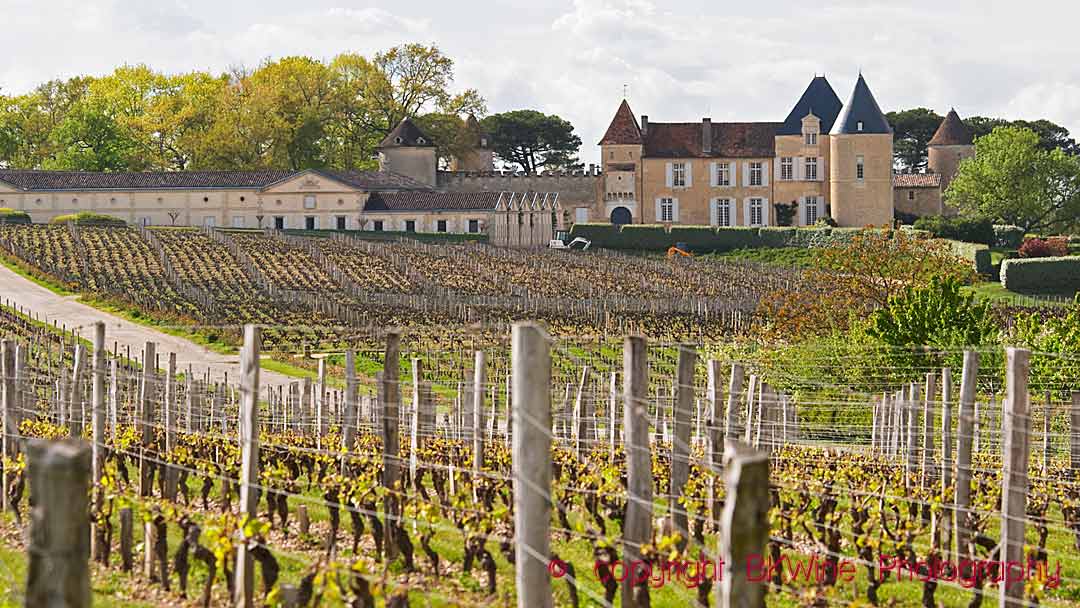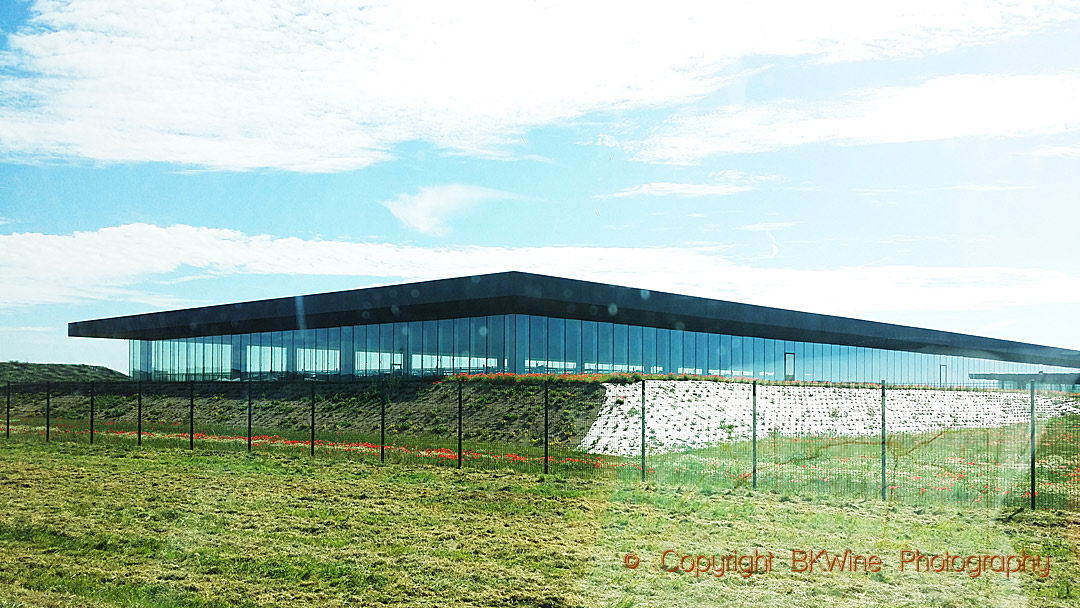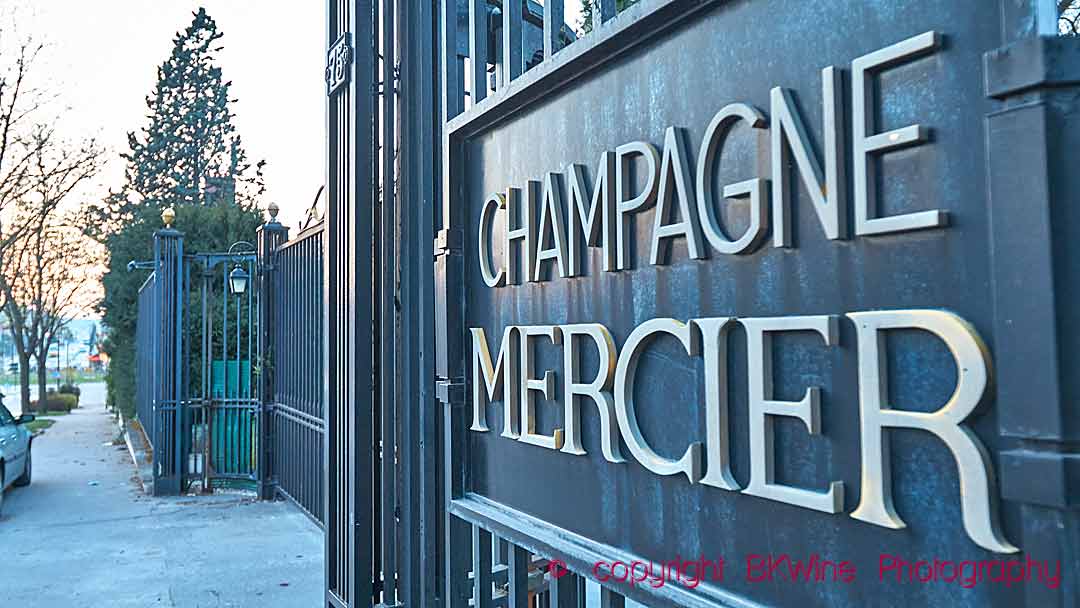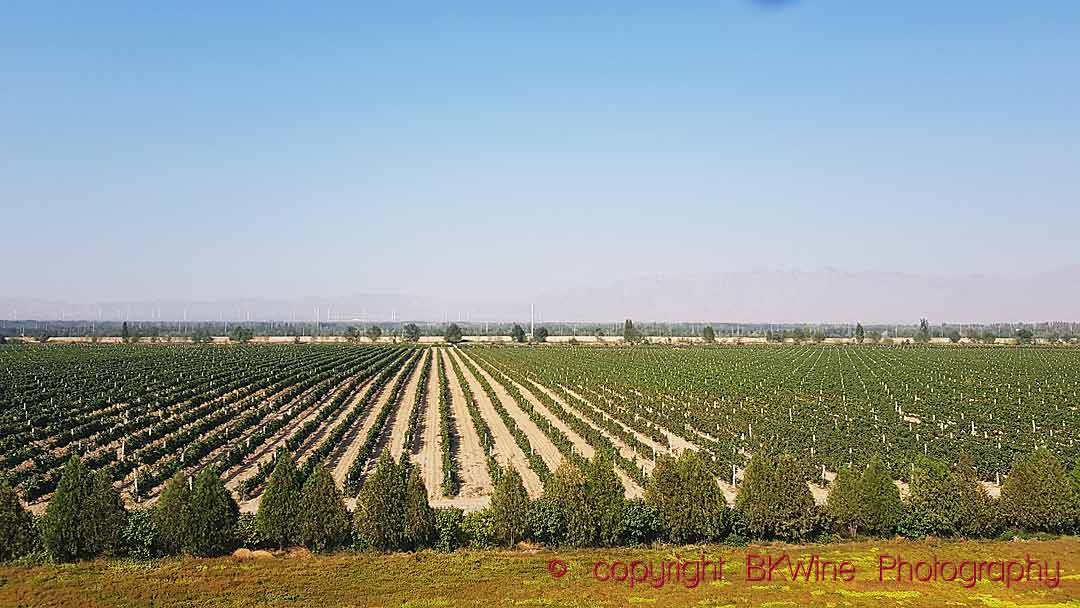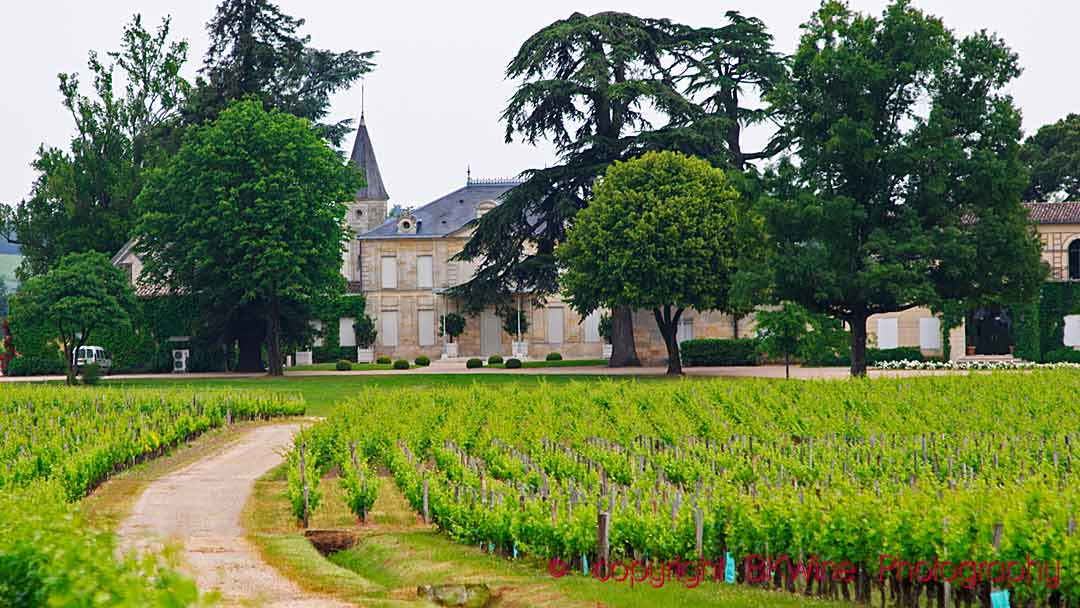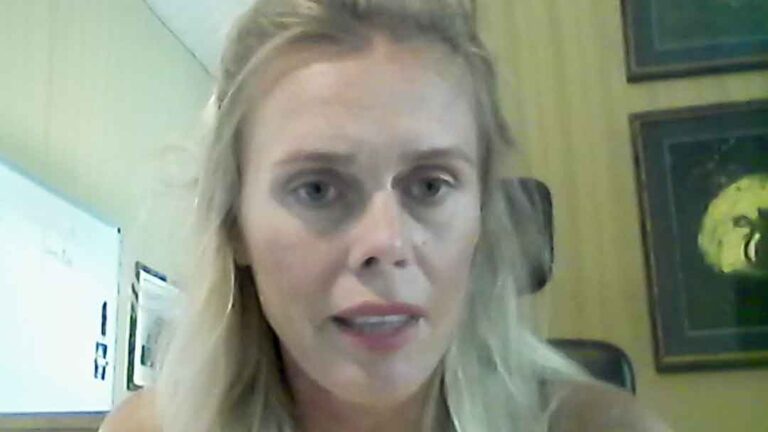Many wine producers struggle to make both ends meet these days. Not so Bernard Arnault, a French businessman, who controls an empire that dominates both champagne and cognac. He is now the world’s richest person with an estimated fortune of $180 billion. He controls world-famous champagne brands like Moët & Chandon, Krug, Dom Perignon, Veuve Clicquot, Ruinart and Mercier, as well as the cognac brand Hennessy. But his wealth is more based on handbags branded Louis Vuitton than on wine bottles.
Bernard Arnault is now estimated to be the world’s richest person according to the Forbes ranking. He has overtaken Elon Musk as a result of the dramatic drop in the Tesla share price and the strong performance of LVMH. Arnault’s net worth is estimated at $180 billion. That is $33 bn more than Musk’s. Arnault’s fortune is based on his stake in the French luxury conglomerate LVMH (Moët Hennessy Louis Vuitton).
The luxury conglomerate traces its beginning to 1984 when Arnault, with the support of the French state, bought a struggling textile group, including the fashion part of Christian Dior and the department store Le Bon Marché. (It also included diapers but it was quickly sold to Mölnlycke.) Today, it includes fashion, luxury bags and accessories, perfume and cosmetics, jewellery and watches, and also wine and spirits.
This is a longer version of an article published on Forbes.com.
(It has also been published by Forbes in Brazil.)
The LVMH Empire
The LVMH brand list reads like a catalogue of the world’s top luxury products, Louis Vuitton, Christian Dior, Givenchy, Kenzo and others in fashion and accessories, selling for a total of €31 bn. Perfumes and cosmetics, including Guerlain, Acqua di Parma and the fashion brands’ perfume derivatives as well as many more, selling €6.7 bn. Bulgari, Tiffany & Co, Tag Heuer, Fred and others in watches and jewellery, with €9 bn. They own a number of retail outlets like Sephora, La Grande Epicerie/Le Bon Marché, Starboard Cruise Services etc., with sales of €11.8 bn.
And finally, wines and spirits, which are mainly champagnes and cognac, selling €6 bn. (The numbers are from 2021, according to the LVMH website. $1=€0.93, €1=$1.07) There’s also an “others” group of brands that includes several media, a yacht builder, hotels etc. This includes the recently reopened (after 16 years of closure and 750 million euros in renovation) and almost ludicrously luxurious “department store” La Samaritaine. The group refers to its brands with the quaint word “houses” and emphasises their long herigate, the oldest going back to the 16th century.
The total turnover of the group was €64.2 billion in 2021. The most important part of the empire is Louis Vuitton, which, according to The Economist, accounts for €20 billion turnover, a third of the total, with an operating margin of almost 50%.
How much is $180 billion?
But how much is really $180 billion?
It’s hard to make it concrete, hard to understand what it actually means. It’s certainly an amount that makes shopping considerations irrelevant. What does it matter what a new suit or a car costs? A new house? Not noticeable. Even a super-luxury apartment in Paris of 600 m2 neighbouring the Eiffel Tower is not even pocket money, currently on the market for €40 million (and he doesn’t really need it, he already owns an entire house of 2000 m2 a stone’s throw away). One of the world’s most expensive super-yachts is Abramovich’s The Eclipse, estimated by Architectural Digest to have a price tag of $1.5 bn – less than one per cent of Arnault’s net worth.
So we have to look elsewhere for references. More comparable in size, perhaps: $180 bn is just a little less than the GDP of Ukraine (as it was before the war) or a touch more than Hungary’s. Or just under the market capitalisation of McDonald’s or Nike. Or, since we were talking about buying a car, it’s more than twice the market cap of Mercedes Benz Group AG. 3.5 times what it would cost to vaccinate the whole world for covid. Approximately the combined defence budgets of the UK, Germany, France and Italy. A touch less than what France spends on healthcare (209 bn euro in 2020).
Wine, bubbles and spirits
But we’re here for the wine.
Given the name of the group, LVMH, one might think that wine (M for Moët) and spirits (H for Hennessy) would make up a big part of the group, but that’s not the case. It accounts for less than ten per cent of revenues, as you can see from the above breakdown. But the group is still very dominant in each of its drinks markets. The details are not always public, but there are various estimates.
Hennessy Cognac represents 46 % of all sales of cognac measured in volume (2019), the brandy from the south-west of France. This probably means at least €2 bn of sales today for Hennessy. There are some 270 cognac producers, but Hennessy is the biggest. Half of all cognac produced is actually sold in the USA.
Champagne dominance
In champagne, LVMH is not quite as dominant. But almost. A couple of years back, the then newly appointed head of the LVMH drinks business, Philippe Schaus, told me that a rough estimate is that the group then stood for a quarter of all champagne produced measured in volume but a third of all champagne if measured in value. The average price of an LVMH champagne is clearly higher than the average one produced. Their share of the market has probably increased rather than decreased since.
Today, there is a lot of talk about “growers’ champagne”, champagne made by small, independent family-owned producers that both own the vineyards and make the champagne. One can easily get the impression that it is an increasing part of the champagne landscape. That’s a false impression. In fact, the growers are losing ground. It is the big houses – that own very few vineyards – that are gaining market share. In ten years, the big houses have increased from 68% to 72% of the total production. And biggest of the big houses is LVMH.
The biggest champagne producer of all is Moët & Chandon, which is owned by LVMH. It is estimated to make around 30 million bottles, which might be an underestimate. That would be around 10% of the total production in the region of 300 million bottles. They are based in Epernay, where they used to have their winery. A few years ago, they built a huge futuristic winery on the D9 departmental road next to the bottle factory.
Moët used to have a prestige cuvée called Dom Pérignon, named after the famous monk. That has since a few years back, been profiled as a separate brand, “house”, independent from Moët, by LVMH and is estimated to make a massive 5 million bottles annually. It has launched a series of new luxury cuvées in recent years.
But the second biggest champagne brand in the LVMH stable is Veuve Clicquot, at least in terms of numbers of bottles produced. It is famous for its orange-coloured label, with production estimated to be around 12 million bottles. Veuve Clicquot is located in Reims, almost across the road from the luxury restaurant Les Crayères.
In 1999 LVMH bought the previously family-owned luxury house Krug for a reported sum of one billion francs (shortly before the euro). It is discretely located on a back street of Reims behind the food market. There was never a “standard” Krug champagne, and LVMH has continued developing the profile, most recently with the Clos d’Ambonnay cuvée that retails at around 3000-4000 euro per bottle. (You can currently buy three used corks for 60 euro on ebay.)
Ruinart came into the LVMH group as part of the Moët acquisition, having been owned by them since 1970. It is said to be the oldest “house” in Champagne (not the oldest “producer”), founded in 1729.
Mercier was also part of Moët. It is quite different from the others, being more “modern” and less “elite” in profile; you can visit their cellars in Epernay on a small electric train.
They also have a 50% interest in Jay-Z’s (Shawn Carter) champagne brand Armand de Brignac, the ultimate bling champagne for celebrities (they also have a marketing collaboration with Lady Gaga). “We were lucky to partner with [Jay-Z] and use our distribution power to combine it with his marketing power,” Philippe Schaus (LVMH drinks CEO) said to Bloomberg. Distribution is indeed immensely important in the global champagne and spirits business. I wonder how much the taste of the champagne counts.
A back-of-of-the-envelope calculation I did, guesstimating the number of bottles produced (some 75-85 million) and the average revenue (20-30 euro per bottle; even a basic Moët retails at around 40 euro) pointed to a total champagne turnover of perhaps 1.5-2 billion euro for LVMH. (Excluding Armand de Brignac.) This seems fairly accurate since the figures given by l’Union des Maisons de Champagne says 1,744 million euro and 2300 employees.
And a few wineries
LVMH also owns some wineries in other wine regions. Curiously, their wine holdings are mainly outside of France.
Chandon makes sparkling wines on three different continents with wineries in Argentina, California, Brazil, Australia, China and India, obviously profiting from the name-association with Moët & Chandon. The Cape Mentelle winery is in Margaret River in Australia. Cloudy Bay, one of the pioneers of sauvignon blanc in Marlborough in the 80s, acquired by LVMH in 2003. Joseph Phelps in Napa Valley recently acquired. as well as Newton Vineyard. Terrazas de Los Andes as well as Cheval des Andes in Argentina. Bodega Numanthia in Toro in Spain. Ao Yun in China (as is Chandon, who declined to answer how much wine they make in China when I visited them some years ago in Ningxia).
On the spirits side: Glenmorangie and Ardbeg in Scotland, Eminente, a Cuban rhum, Volcan de mi Tierra a tequila from Mexico, Woodinville whiskey in Washington, and a Polish vodka called Belvedere.
Even in France
In France, they own some of the most famous estates, in most cases producing tiny quantities of very exclusive luxury wines, more luxury brands than wines actually.
Château Cheval-Blanc and Château d’Yquem in Bordeaux, both managed by Pierre Lurton. “Cheval Blanc is a luxury brand like Hermès,” Lurton once told TheFashionableTruth. (In fact, a curious irony is that Bernard Arnault tried for a long time to wrest control of the Hermès fashion and luxury group from the families that control it, but failed.)
Clos des Lambrays, an 8 hectares estate in Burgundy, was bought in 2014 for a rumoured 100 million euros. Château Galoupet in Provence as well as a controlling stake in Châteu d’Esclans, famous for Garrus and Whispering Angel. This seems indeed appropriate; Provence rosés very much being marketing and image-driven products, which is LVMH’s speciality, apart from distribution.
Who’s popping the cork? And why?
It is a pity that Arnault – according to what is said –is not particularly fond of drinking wine, given the fabulously famous brands in his portfolio.
So when you popped the cork on one of those champagne bottles, from the list of names above, at New Year or your party, you contributed your money to keeping the world’s wealthiest man in the top spot. He will appreciate it.
Personally, I’d rather buy my bubbly from someone who needs my money more, someone who is actually making the wine themselves and enjoying it. A wine producer who’s a person making wine. And getting the same quality of wine for half the price, which is what you often get with growers’ champagnes. (This comment is not specific to LVMH, but more a general reflection on the big and famous brands/houses.) But, of course, much champagne, and other wine, as well as spirits, is not bought for the sake of the quality of the wine but for the glory of the name on the label.
Travel
One of the most exciting things with champagne is to discover the many very talented small growers, and the small, quality-oriented houses, visit the vineyards, see the wine cellars, understand how this sparkling wine is made. You will discover several outstanding producers champagnes on a wine tour to Champagne and taste their delicious wines with BKWine.
Travel to the world’s wine regions with the wine experts and the wine travel specialist.
Great wine tours. BKWine wine tours.
Read
If you want to know more about champagne, and find some of the best growers, then you can read our very extensive book on the region: Champagne, the wine and the growers. (Unfortunately only available in Swedish currently.)




